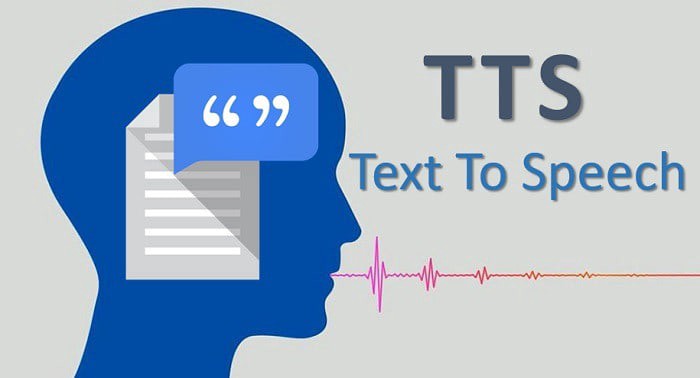Speech-to-text services have revolutionized the way we live. Our cars transcribe messages we speak out loud and send them without us having to lift a finger, while live captions make our videos more accessible to people around the world.
If you’re looking to start utilizing the benefits of speech-to-text technology, you’re probably confused about whether you should choose traditional or AI services.
This article dives into the explanations, similarities, and differences so you can make the right decision.
Understanding Speech-to-Text Services
Speech-to-text services convert spoken words into a written format. This technology has become crucial to many people’s daily lives and professional jobs, especially in healthcare, legal matters, and customer service.
There are two main types:
Traditional
Traditional systems rely on basic voice recognition algorithms. These services are adequate for most applications but have limitations: they require clear and slow input and struggle with accents or background noise.
AI
The AI revolution has reached speech-to-text services! AI-driven systems rely on machine learning algorithms, which lets them understand the nuances in speech. They are more capable of transcribing accents, rapid speech, and even mumbled words.
Comparative Analysis
The choice between traditional and AI-driven tools might seem straightforward: AI’s advantages provide clear benefits. However, the choice is not that easy! Conventional systems have their advantages, while AI systems come with their drawbacks.
There are several factors to consider when choosing between traditional and AI-driven speech to text software:
1. Accuracy and Efficiency
AI offers more accurate transcription much faster than traditional systems. AI easily handles accents, dialects, and quick speech, allowing for greater accuracy. AI can also catch emotion, leading to more accurate punctuation and expression.
If you need to use speech-to-text services in scenarios where the software will transcribe many different accents and expressions, AI is the clear choice. But, if you are using it for personal applications where your accent doesn’t change and you have the time to speak slowly, traditional may be the right choice.
2. Cost
If AI has so many benefits, why doesn’t everyone choose it over traditional speech-to-text software? The answer lies in cost.
AI systems are more expensive than traditional systems due to their advanced capabilities. For businesses that need these advanced capabilities, the costs saved with AI’s accuracy and efficiency are worth the high initial price. However, individuals who can go without AI’s benefits usually find it more cost-effective to use the traditional variety.
3. Applications
Traditional systems shine in these scenarios:
- When only one person is using the system at a time
- The environment is quiet and free of background noise
- Daily student or office work
- Sending messages and emails
- Low-stakes situations where making mistakes isn’t immediately detrimental
AI-driven services excel in these situations:
- Fast-paced environments where mistakes are costly or life-threatening
- Multiple speakers with different accents are talking
- The environment has background noise
- Healthcare, legal applications, emergency services, and journalism
When looking at the applications of both systems, it is clear that it makes sense to choose traditional in some cases and AI in others. When making your choice, consider how you will be using the technology.
4. Scalability
Scalability is a significant consideration for businesses: as your business grows, you’ll need your speech-to-text service to grow with it. AI-driven systems have a considerable advantage here: as they are used, they learn patterns to become more accurate and accommodate increasing workloads.
So, if you need your speech-to-text service to grow with you, the clear choice is AI. However, if you’ll be using this technology for the same tasks, you can safely choose the traditional route.
5. Language Support and Accessibility
AI-driven systems have the upper hand when it comes to transcribing accents, making it more accessible. They also support an array of languages and dialects, making them ideal when speakers switch between languages.
Language support is increasingly important. Today’s world is more interconnected than ever before, meaning you’ll likely need speech-to-text software that can handle any language and dialect you throw at it.
Conclusion
AI-driven speech-to-text technology offers many benefits that traditional systems can’t deliver. However, this doesn’t mean traditional software is obsolete! The ability to choose between the two systems to find the one that works best for your applications allows for cost-effectiveness, flexibility, and ease of use that wasn’t possible before.
With the comparative analysis in this article, you’re ready to pick the right speech-to-text system for you!
Follow Techdee for more!
